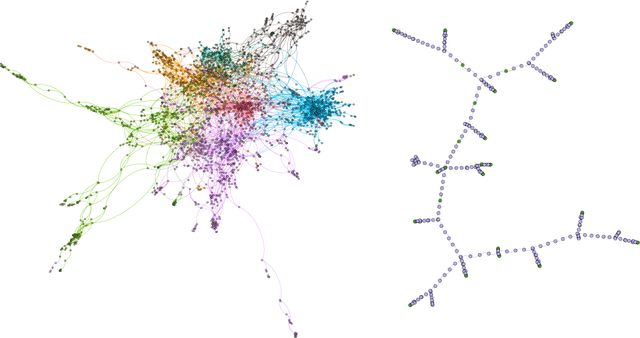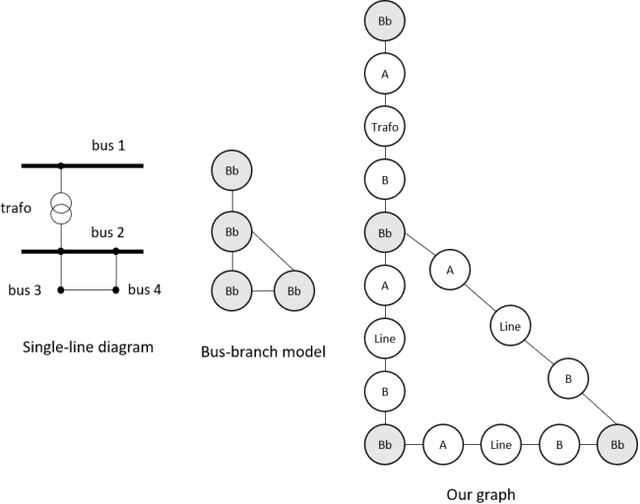Houssem Sellami
Power to the Relational Inductive Bias: Graph Neural Networks in Electrical Power Grids
Sep 08, 2021



Abstract:The application of graph neural networks (GNNs) to the domain of electrical power grids has high potential impact on smart grid monitoring. Even though there is a natural correspondence of power flow to message-passing in GNNs, their performance on power grids is not well-understood. We argue that there is a gap between GNN research driven by benchmarks which contain graphs that differ from power grids in several important aspects. Additionally, inductive learning of GNNs across multiple power grid topologies has not been explored with real-world data. We address this gap by means of (i) defining power grid graph datasets in inductive settings, (ii) an exploratory analysis of graph properties, and (iii) an empirical study of the concrete learning task of state estimation on real-world power grids. Our results show that GNNs are more robust to noise with up to 400% lower error compared to baselines. Furthermore, due to the unique properties of electrical grids, we do not observe the well known over-smoothing phenomenon of GNNs and find the best performing models to be exceptionally deep with up to 13 layers. This is in stark contrast to existing benchmark datasets where the consensus is that 2 to 3 layer GNNs perform best. Our results demonstrate that a key challenge in this domain is to effectively handle long-range dependence.
 Add to Chrome
Add to Chrome Add to Firefox
Add to Firefox Add to Edge
Add to Edge